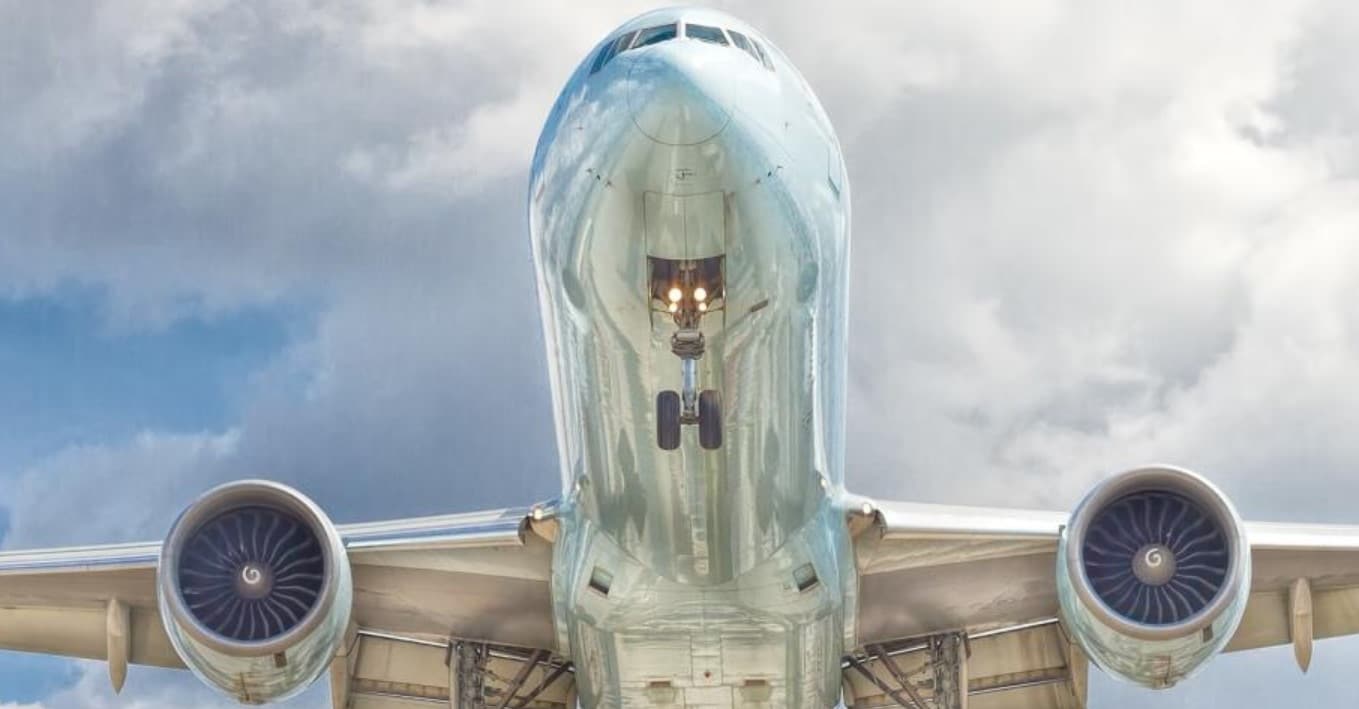Global air passenger demand rose by 2.6 per cent in June 2025 compared to the same month last year, according to data released by the International Air Transport Association (IATA).
Capacity, measured in available seat kilometres (ASK), grew by 3.4 per cent year-on-year, slightly outpacing demand. As a result, the global load factor eased to 84.5 per cent, down 0.6 percentage points compared to June 2024.
International traffic increased by 3.2 per cent, while capacity rose by 4.2 per cent. Load factors slipped across all regions, with international load factor settling at 84.4 per cent, 0.8 points lower than a year ago.
Meanwhile, domestic traffic was up 1.6 per cent year-on-year, supported by strong performance in Brazil and China, though capacity expanded by 2.1 per cent. The domestic load factor edged down 0.4 points to 84.7 per cent.
Willie Walsh, IATA’s director general said “In June, demand for air travel grew by 2.6 per cent. That’s a slower pace than we have seen in previous months and reflects disruptions around military conflict in the Middle East.”
He noted that, as demand growth lagged behind the 3.4 per cent capacity expansion, load factors dipped slightly from their all-time record highs.
“At 84.5 per cent globally, however, load factors are still very strong,” he said, adding that with a modest 1.8 per cent capacity growth visible in August schedules, load factors over the Northern summer are unlikely to stray far from their recent historic highs.
Among international markets, Asia-Pacific carriers once again led global growth, with demand rising by 7.2 per cent year-on-year.
Capacity increased by 7.5 per cent, while the load factor held steady at 82.9 per cent, just 0.2 percentage points lower than in June 2024. European airlines recorded a 2.8 per cent increase in international demand, while capacity grew by 3.3 per cent. Their load factor dropped marginally to 87.4 per cent.
Latin American carriers also posted strong growth, with demand climbing 9.3 per cent.
However, capacity surged by 11.8 per cent, leading to a 1.9-point decline in load factor, which stood at 83.3 per cent.
By contrast, Middle Eastern airlines reported a 0.4 per cent decrease in international traffic, while capacity grew by 1.1 per cent.
Load factor fell by 1.2 points to 78.7 per cent, reflecting the impact of military conflict in the region. Routes to North America and Europe were particularly affected, with traffic falling by 7 and 4.4 per cent respectively.
North American carriers saw international demand slip by 0.3 per cent, even as capacity expanded by 2.2 per cent. The load factor declined sharply to 86.9 per cent, a 2.2-point fall year-on-year.
In Africa, international demand fell slightly by 0.3 per cent, while capacity remained unchanged. The load factor eased by 0.5 points to 74.6 per cent, amid increasing competition from European and Middle Eastern carriers.
Domestic markets showed a more mixed picture. Brazil led all markets with an 18.3 per cent surge in domestic RPKs, accompanied by a 15.7 per cent rise in capacity. The load factor improved to 81.2 per cent, up 1.8 points year-on-year.
China also recorded robust domestic growth, with demand up 7.4 per cent and capacity up 4.8 per cent. This resulted in a 2-point gain in load factor, which reached 84.3 per cent.
India’s domestic market expanded by 3.1 per cent, though capacity growth was significantly stronger at 9.6 per cent. As a result, load factor fell by 5.3 points to 83.5 per cent.
In the United States, domestic demand contracted by 1.7 per cent, the fourth consecutive monthly decline, while capacity rose by 2 per cent. Load factor fell to 83 per cent, down 3.1 points from June 2024.
Japan’s domestic market also performed well, with demand increasing by 5.8 per cent. Despite a 1.1 per cent drop in capacity, load factor improved substantially by 5 points to 76.9 per cent.
Australia recorded a modest 1 per cent increase in domestic RPKs and a stable capacity level, with the load factor rising slightly to 79.2 per cent.
Overall, domestic markets accounted for 38.2 per cent of global RPKs in June, with the six major domestic markets, China, the US, India, Brazil, Japan and Australia, making up nearly 80 per cent of global domestic traffic.







Click here to change your cookie preferences